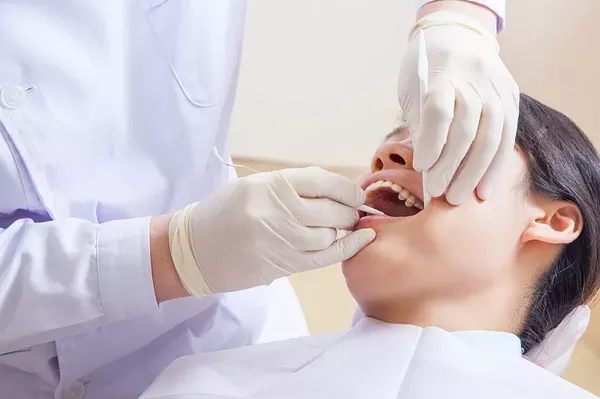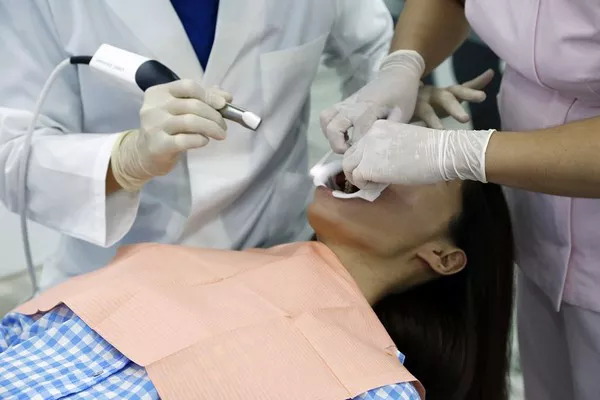Gingivitis is a common and early form of gum disease characterized by inflammation of the gums. While gingivitis is a reversible condition, it requires timely intervention and proper oral care to prevent its progression into more severe forms of periodontal disease. Many individuals wonder, “How long does it take to treat gingivitis?” In this article, we will delve into the treatment process for gingivitis, including its causes, symptoms, professional interventions, home care practices, and the timeframe required for effective management.
Understanding Gingivitis
Gingivitis occurs when plaque, a sticky film of bacteria, accumulates on the teeth and gums. If not removed through proper oral hygiene practices, plaque can lead to inflammation of the gums, resulting in redness, swelling, and tenderness. Gingivitis is often accompanied by symptoms such as bleeding during brushing or flossing and persistent bad breath.
Causes of Gingivitis
The primary cause of gingivitis is the accumulation of plaque on the teeth and along the gumline. Plaque forms when bacteria combine with food particles and saliva. If plaque is not consistently removed through brushing, flossing, and regular dental cleanings, it can harden into tartar, which can only be removed by a dental professional.
The Treatment Process for Gingivitis
Treating gingivitis involves a combination of professional interventions and diligent oral care at home. The treatment process typically consists of the following steps:
Professional Dental Cleaning: The first step in treating gingivitis is to undergo a professional dental cleaning or dental hygiene appointment. A dental hygienist will use specialized tools to remove plaque and tartar buildup from the teeth and gums, a process known as scaling.
Oral Examination: During the dental cleaning, your dentist or hygienist will examine your gums for signs of inflammation, bleeding, and other symptoms of gingivitis.
Education: Your dentist or dental hygienist will provide guidance on proper oral hygiene techniques, including brushing, flossing, and using mouthwash effectively.
Regular Follow-Ups: Depending on the severity of your gingivitis, your dentist may recommend more frequent dental cleanings and follow-up appointments to monitor your progress.
Home Care Practices for Gingivitis
Effective home care practices are essential for managing and preventing gingivitis:
Brushing: Brush your teeth at least twice a day using a fluoride toothpaste. Use a soft-bristle toothbrush and gentle circular motions to avoid irritating the gums.
Flossing: Floss daily to remove plaque and food particles from between the teeth and along the gumline.
Rinsing: Use an antimicrobial or fluoride mouthwash as directed by your dentist to further reduce bacteria and maintain oral hygiene.
Healthy Diet: Consume a balanced diet rich in fruits, vegetables, whole grains, lean proteins, and low-fat dairy products. Limit sugary and acidic foods and beverages.
Timeframe for Treating Gingivitis
The timeframe for treating gingivitis can vary based on individual factors, including the severity of the condition, the effectiveness of treatment, and the consistency of home care practices. In general, with prompt and appropriate intervention, gingivitis can show improvement within a few days to a couple of weeks.
Immediate Improvement: After a professional dental cleaning and initiation of proper oral care practices, you may notice a reduction in gum inflammation and bleeding within a few days.
Two to Three Weeks: With consistent oral hygiene practices, you can expect further improvement in your gum health within two to three weeks. Gums should appear less swollen, less red, and bleeding should decrease.
Continued Maintenance: Treating gingivitis is an ongoing process. To maintain the health of your gums and prevent gingivitis from returning, it’s important to continue following a thorough oral care routine and attending regular dental checkups.
Consult Your Dentist
It’s important to consult your dentist if you suspect you have gingivitis or experience symptoms such as bleeding gums, bad breath, or gum inflammation. Your dentist can provide a proper diagnosis, create a personalized treatment plan, and guide you through the steps to improve and maintain your oral health.
Conclusion
Treating gingivitis requires a collaborative effort between you and your dental care team. While gingivitis is a reversible condition, its successful treatment depends on early detection, prompt professional intervention, and consistent home care practices. By undergoing a professional dental cleaning, adopting effective oral hygiene habits, and making healthy lifestyle choices, you can expect to see improvements in your gum health within a matter of weeks. Remember that preventing gingivitis is just as crucial as treating it, and maintaining a proactive approach to oral care will contribute to the long-term health and well-being of your gums and teeth.






























